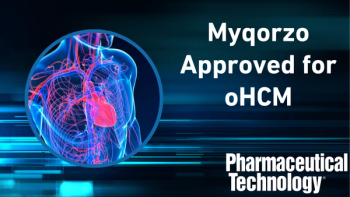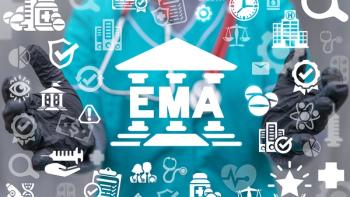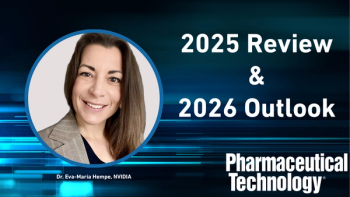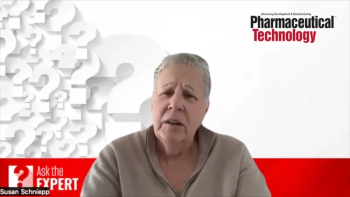
PTSM: Pharmaceutical Technology Sourcing and Management
- PTSM: Pharmaceutical Technology Sourcing and Management-06-08-2017
- Volume 12
- Issue 6
Counterfeiting Loopholes Involve Internet, Mail, and Trade-Free Zones
Due to weak penalties and lax enforcement, illicit pharmaceuticals continue to slip into the US, European and global supply chains.
Traffic in counterfeit pharmaceutical and biopharmaceutical products, and active ingredients, continues to grow. Pharmaceuticals made, sold and/or distributed in China, Guatemala, Indonesia, Lebanon, Peru, and Russia, have been receiving increased attention from global customs and other authorities, according to the United States Trade Representative’s (USTR) 2017
In 2016, 90% of counterfeit pharmaceuticals seized by the United States government were found to have come from China (including Hong Kong), India, and Singapore, according to the USTR. In 2016, 16% of 31,560
involved pharmaceuticals, down roughly 3% from 2015, when 5,196 fake drug shipments were seized.
US customs authorities have been working with their counterparts around the world, and most recently, with Singapore and China, to prevent counterfeit pharmaceutical sales in the US, according to the USTR Report. In April, 2016, a month-long operation with China resulted in over 1,400 seizures of counterfeits, including some pharmaceuticals, while a cooperative program with Singapore was launched in August, 2016.
Lack of stiff criminal penalties is a major reason why counterfeit pharmaceuticals remain such a presence on the global market, the report says. Even in the U.S., attorney Sheldon Bradshaw noted in a March, 2017,
As a result, the potential profits for counterfeiting far outweigh punishments, while lax legal penalties reduce incentives for active enforcement. As the USTR report notes, online sales of counterfeit goods could surpass the volume of sales through traditional.
In addition, counterfeiters around the world are relying on express mail and legitimate postal services to ship their products in small quantities, preventing potential seizure that might occur if they were sent as oceangoing cargo. Over 90% of U.S. counterfeit pharmaceutical seizures at the border were made in the express carrier and international mail environments, the USTR report said.
Not only finished pharmaceuticals but active ingredients are being shipped via legitimate mail, for production in “facilities,” in apartments, houses or garages, often using crude, outdated, and unsanitary equipment, according to Clare Ellis, who described scenarios that enforcement officials in the European Union are seeing in a
In September 2016, for example, Ellis writes, authorities in Poland shut down a large counterfeit pharmaceutical operation that included 48 pieces of “legitimate” pharmaceutical processing equipment including pharmaceutical mixers, tablet presses, and label printers. This operation sourced partially processed products from China and other regions, including Greece, Romania, and the UK, Ellis writes, and finished processing them on this equipment to “manufacture” erectile dysfunction therapies, anabolic steroids, and other counterfeit pharmaceutical products. This single operation was selling millions of US dollars worth of products, but it is only one of many, in a constantly changing environment.
Another problem has been transshipment of counterfeit products within certain free-trade zones, e.g., within the United Arab Emirates. Both the USTR and Ellis’ report call for increased enforcement within free-trade zones.
Ultimately, experts agree, the key to stemming drug counterfeiting is in enforcing stiffer criminal penalties. The drug counterfeiting problem has become an enforcement “whack a mole,” writes Bradshaw. When one illegal importer or operation shuts down, another takes its place. Efforts must focus on stiffening penalties and improving enforcement, he writes.
Articles in this issue
over 8 years ago
For Lab Equipment Qualification, Data Reveal Important Storyover 8 years ago
Can CMOs Take Over Pharma Manufacturing?over 8 years ago
Catalysis Advances Promote Greener API Manufacturingover 8 years ago
Cambrex Increases API Capacity in US, Europeover 8 years ago
PPD Expands Vaccine Development Laboratoryover 8 years ago
SGS Expands Stability Testing Capacityover 8 years ago
Spectrum Opens Pharmacy Training CenterNewsletter
Get the essential updates shaping the future of pharma manufacturing and compliance—subscribe today to Pharmaceutical Technology and never miss a breakthrough.




